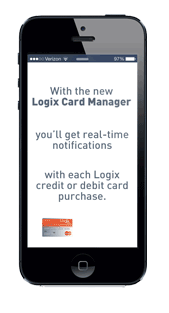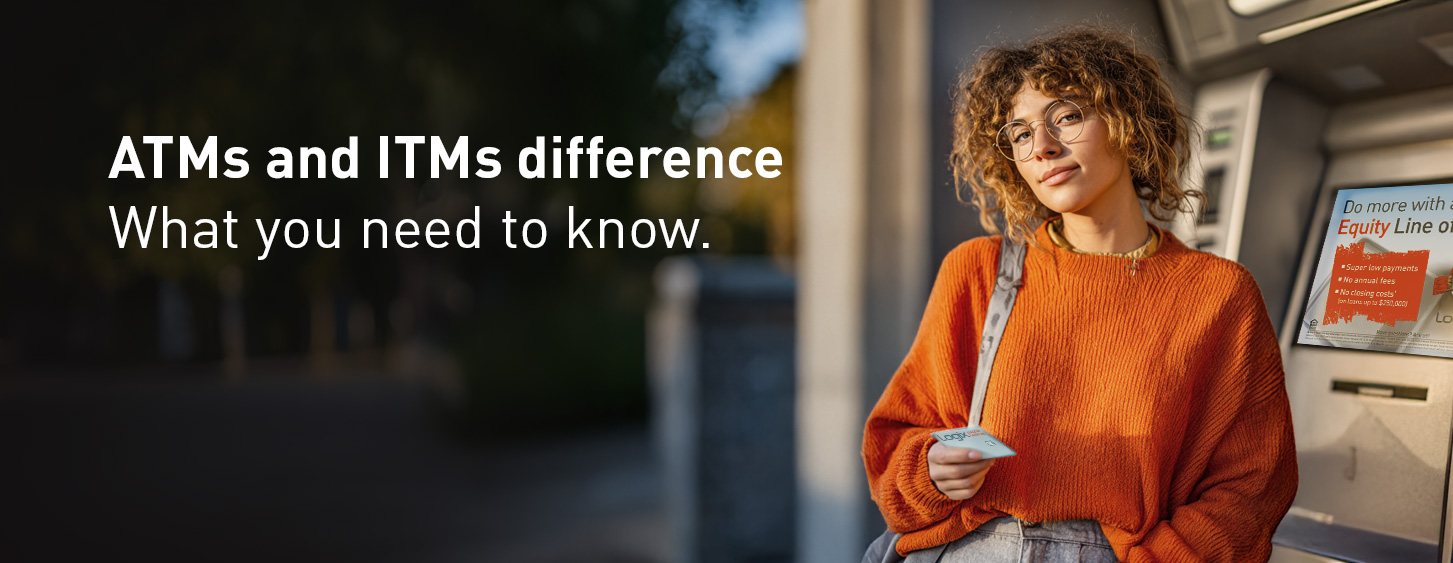So, the other day while at work, I heard the familiar buzz on my cell phone alerting me that I have a text message. The text was a notification from my Logix Card Manager app that there were t wo transaction attempts on my debit card at a merchant that I didn’t recognize. For months since signing up for the app, I had been receiving notifications for every purchase I made and would proudly acknowledge the texts for my authorized transactions. And, now I have a secret – I was slightly hoping for the moment that I would be alerted to a fraudulent purchase where I would immediately log into my Card Manager app to close my card and stop fraud in its tracks. Well, that day finally came! As soon as I saw those unrecognizable transactions, I quickly logged into the app and closed my debit card, preventing further fraudulent activity. After doing so, I started pondering all of the places I recently used my card in the hopes of figuring out where the point of compromise was. I started to think about how we have reached the season of scams. While fraudsters don’t sleep and scammers are a year-round predators, the holidays are a time when we are most vulnerable to them. Therefore, this is a good time to revisit the prominent scams that are out there. Keep in mind, that this list is just a preview as scams can take on many forms. For more information on a variety of scams and how you can protect yourself, check out the Scam Alerts section on the Federal Trade Commission’s website.
wo transaction attempts on my debit card at a merchant that I didn’t recognize. For months since signing up for the app, I had been receiving notifications for every purchase I made and would proudly acknowledge the texts for my authorized transactions. And, now I have a secret – I was slightly hoping for the moment that I would be alerted to a fraudulent purchase where I would immediately log into my Card Manager app to close my card and stop fraud in its tracks. Well, that day finally came! As soon as I saw those unrecognizable transactions, I quickly logged into the app and closed my debit card, preventing further fraudulent activity. After doing so, I started pondering all of the places I recently used my card in the hopes of figuring out where the point of compromise was. I started to think about how we have reached the season of scams. While fraudsters don’t sleep and scammers are a year-round predators, the holidays are a time when we are most vulnerable to them. Therefore, this is a good time to revisit the prominent scams that are out there. Keep in mind, that this list is just a preview as scams can take on many forms. For more information on a variety of scams and how you can protect yourself, check out the Scam Alerts section on the Federal Trade Commission’s website.
Your Card has been Blocked (Not)
It’s no surprise that our precious debit and credit card numbers are wanted by and large by fraudsters. With the number of card compromises in the news, it can make any cardholder leery of swiping at card terminals. Skimming devices are just one of the ways that card numbers are stolen. Another way is when cardholders are tricked into giving that information to a fraudster. A common scam is that a cardholder will receive a text or call from someone posing as a financial institution or card carrier and claiming that their card has been blocked. The victim will then be prompted to provide their card number along with the expiration date and CVV in order to have their card unblocked. Once that information is provided, the fraudster has access to the card information and immediately uses it to make purchases. Should you get a call or text of this nature, do not respond. Instead, contact your financial institution or card carrier directly to find out if there is truly a block on your card.
You’re the Lucky Winner!
Sweepstake scams are not new; however, more and more people are falling victim to them. This is the time of year when sales are everywhere and lists are made and checked twice. Whether or not you enter in drawings, when you receive a check in the mail, possibly accompanied by a congratulatory letter, it’s a good idea to take a few moments to review the check and letter for any signs of a scam. Often times, the recipient will be directed to deposit the check into their bank account and then later be asked to withdraw a specified amount to send via wire or on a prepaid card to the requestor. A few days after the check was deposited into the recipient’s account, it will return and the victim will out the money sent. Remember, these fraudsters are sneaky – they do not have feelings – and they will do what they can to trick you. Whether or not this is a sweepstakes or a check received for the sale of goods or a new job, take note of who is listed as the Maker on the check. If the Maker is a company, their contact information is likely available on the Internet. A phone call to the company will tell you whether or not the item received is legitimate. Another course of action is to relay your situation and concerns with the check to a branch representative. The Better Business Bureau provides additional information on these types of scams.
Your Bill is Due
The convenience of online shopping can be a beautiful thing, until it’s not. With all of the recent sales, I know I’ve been adding items left and right to my online shopping carts. Shortly after making purchases, I receive confirmation emails from a variety of merchants. In addition to all of those emails, I also receive all of my lovely monthly bill reminders. In our fast-paced Internet world, it’s easy to get caught up in the rush and just as easy to click on provided links and “Submit Payment” buttons. Another infamous scam, referred to as Phishing scams, comes by way of email. The email may even look like one of the many companies you do business with. Within the email is generally a request for payment or the option to view an invoice by clicking on a provided link. Once the unsuspecting victim clicks the link, a sneaky virus is downloaded to the computer and the future keystrokes are captured, meaning login credentials and other identifying information can be gathered. When receiving emails, review the email address where the email was sent from to see if it is familiar. Whether or not you are familiar with the company, if you do not recall the contents of the email, avoid clicking on any links and contact the company directly for more information. A fraudster can do severe damage to your personal information and bank accounts if they are provided access to your computer. If you receive an email that you believe to be a phishing attempt, forward the email to reportphishing@antiphishing.org.
This time of year should be about joy, family, and memories. Don’t let a devastating scam get in the way of your festive time. Take your time, research, and trust your gut instincts.




%20(952%20x%20317%20px)-2.png)






